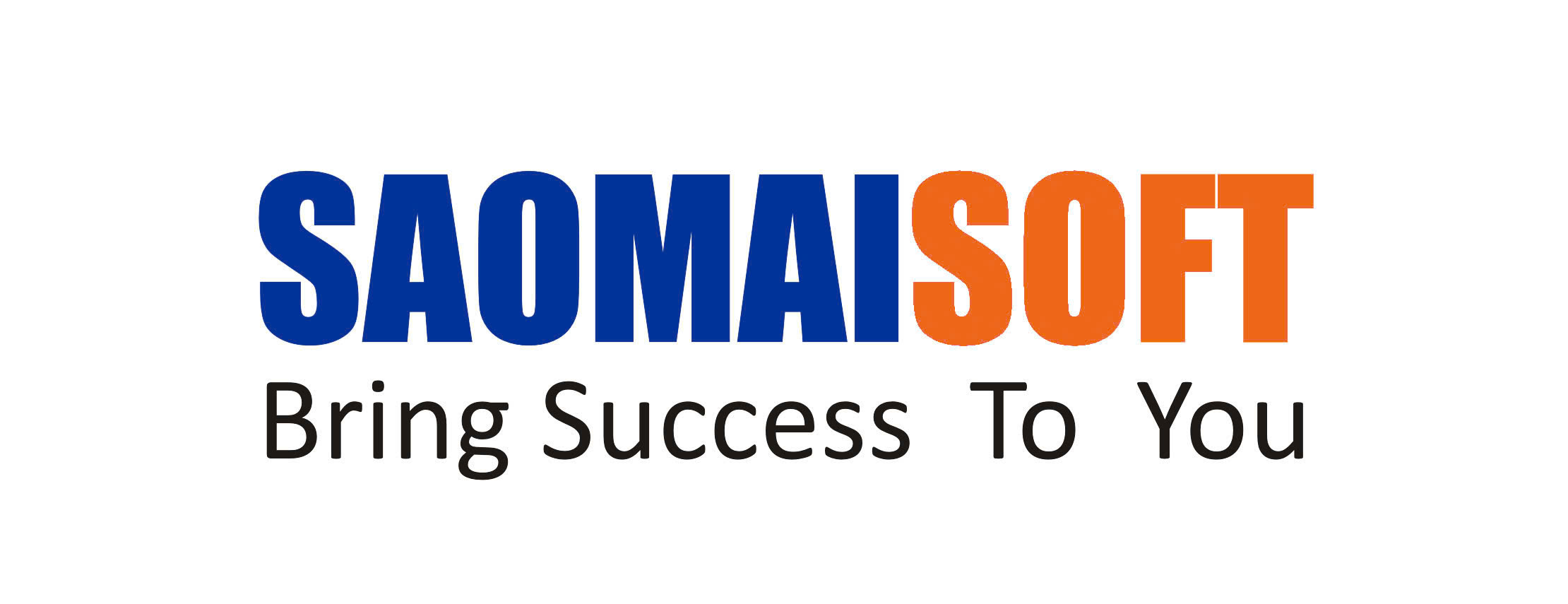Asset, Tool, and Inventory Management Software for tracking and managing all company assets, tools, and inventory, including: vehicles, machinery, equipment, tools, IT equipment, software, buildings, and inventory.
The software supports management, optimizes maintenance processes, and ensures continuous operation, helping to save costs and increase operational efficiency, especially in large-scale industries such as aviation, manufacturing, logistics, and construction.
Users can access, update, and check data on the software anytime, anywhere on mobile devices with a user-friendly interface.
















